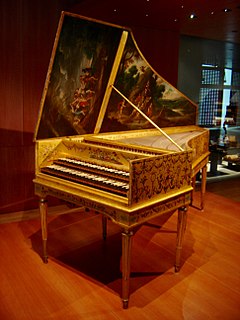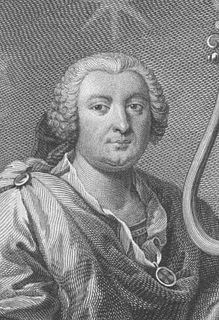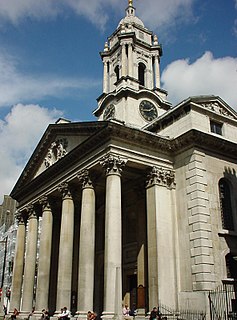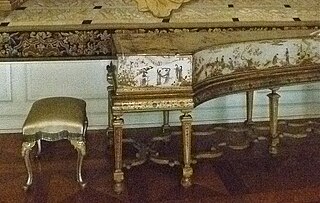Diego Fernández (1703–1775) was as an Andalucian musical instrument maker at the Spanish court in Madrid. He is known to have supplied harpsichords to Domenico Scarlatti and several of his pupils at court. He built instruments in the Iberian style, somewhat resembling Italian instruments, typically involving pythagorean string scales and 2×8 foot choirs, but with construction elements more reminiscent of northern building styles, including heavier casing. He is, however, known to have supplied the famous castrato singer Farinelli with a four choir, five register, double manual harpsichord, operated using pedals and made at the behest of Queen Maria Barbara. [1]

Spain, officially the Kingdom of Spain, is a country mostly located in Europe. Its continental European territory is situated on the Iberian Peninsula. Its territory also includes two archipelagoes: the Canary Islands off the coast of Africa, and the Balearic Islands in the Mediterranean Sea. The African enclaves of Ceuta, Melilla, and Peñón de Vélez de la Gomera make Spain the only European country to have a physical border with an African country (Morocco). Several small islands in the Alboran Sea are also part of Spanish territory. The country's mainland is bordered to the south and east by the Mediterranean Sea except for a small land boundary with Gibraltar; to the north and northeast by France, Andorra, and the Bay of Biscay; and to the west and northwest by Portugal and the Atlantic Ocean.

Madrid is the capital of Spain and the largest municipality in both the Community of Madrid and Spain as a whole. The city has almost 3.3 million inhabitants and a metropolitan area population of approximately 6.5 million. It is the third-largest city in the European Union (EU), smaller than only London and Berlin, and its monocentric metropolitan area is the third-largest in the EU, smaller only than those of London and Paris. The municipality covers 604.3 km2 (233.3 sq mi).

Giuseppe Domenico Scarlatti was an Italian composer. He is classified primarily as a Baroque composer chronologically, although his music was influential in the development of the Classical style and he was one of the few Baroque composers to transition into the classical period. Like his renowned father Alessandro Scarlatti, he composed in a variety of musical forms, although today he is known mainly for his 555 keyboard sonatas. He spent much of his life in the service of the Portuguese and Spanish royal families.







